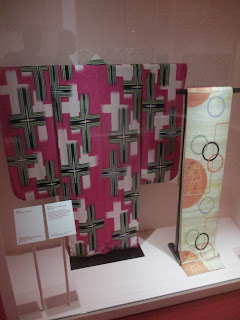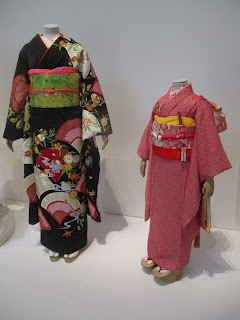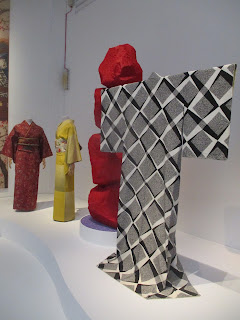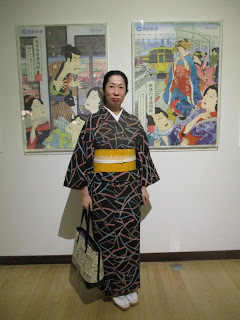Circles. Spots. Dots. Lately I've been seeing spots before my eyes. They have appeared all over my newest works like a rash during the lockdown. My interest in using them in my work stemmed initially from my visit to Vienna and reacquainting myself with Max Ernst's painting, Le Silence à travers les âges, 1968, held in the Albertina museum. This painting is from a series of later works in which Ernst focused on life forces found in nature, cosmic imagery, the infinity of space and the possibilities of parallel worlds. It appears to be a deceptively simple little painting, but its magic always enchants and transfixes me whenever I see it. It's the fullness and fecundity of that golden, yellow moon, and the concentric spirals of dots punctuating its surface. They are so suggestive of the rotation of its movement as it travels through its orbit. Just as scientists last week have been speculating about the presence of extraterrestrial life forms in a gas found in the clouds of the planet Venus, the attached fern collaged to the painting also suggests the possibilities of life on Ernst's remote planet.
Sunday, 27 September 2020
Rêve
Circles. Spots. Dots. Lately I've been seeing spots before my eyes. They have appeared all over my newest works like a rash during the lockdown. My interest in using them in my work stemmed initially from my visit to Vienna and reacquainting myself with Max Ernst's painting, Le Silence à travers les âges, 1968, held in the Albertina museum. This painting is from a series of later works in which Ernst focused on life forces found in nature, cosmic imagery, the infinity of space and the possibilities of parallel worlds. It appears to be a deceptively simple little painting, but its magic always enchants and transfixes me whenever I see it. It's the fullness and fecundity of that golden, yellow moon, and the concentric spirals of dots punctuating its surface. They are so suggestive of the rotation of its movement as it travels through its orbit. Just as scientists last week have been speculating about the presence of extraterrestrial life forms in a gas found in the clouds of the planet Venus, the attached fern collaged to the painting also suggests the possibilities of life on Ernst's remote planet.
Sunday, 20 September 2020
Kimono: Kyoto to Catwalk
'From the sophisticated cuture of 17th-century Kyoto to the creativity of the contemporary catwalk, the kimono is unique in its aesthetic importance and cultural impact, giving it a fascinating place within the story of fashion' - Anna Jackson, curator of Kimono: Kyoto To Catwalk
Following on from the success of the blockbuster that was Christian Dior: Designer of Dreams last year, the V&A presents another beautifully designed fashion exhibition in Kimono: Kyoto to Catwalk. The exhibition looks at the social and sartorial history of the kimono garment worn by 17th-century Japanese actors and courtesans, and how the kimono has been adopted and altered by the West for use in fashion and film. Kimono are both unisex and utilitarian, and the literal translation of kimono is 'a thing to wear'. The exhibition features 300 examples of the garment including rare 17th and 18th century kimono on loan from private collections. There are also a variety of Japanese woodcut prints on display depicting the sumptuous, patterned fabric designs, and the various accoutrements of Japanese craft associated with kimono wearing such as lacquerwork, blue and white porcelain, and intricate ivory carvings. The first section explains how although the garment is traditionally fairly simply constructed, it may compensate for this with rich, embroidered embellishments. There are also more structured kimono with complex pleating. It is also explained how in Sixteenth Century Kyoto a thriving fashion culture developed from the burgeoning merchant classes, and how restrictive social constructs kept this in place, freezing out the lower societal classes. Certain subtle features of a kimono would denote your social standing, such as the width of the sleeve. In this first half of the exhibition all of the kimono are beautifully presented in a series of tableau behind glass display cases because of their age and fragility. Many may never be exhibited again because they are so delicate.
An unexpected bonus of this exhibition was seeing visitors who were of Japanese heritage, or had strong links to Japan, gamely showing off their pride in their culture and sporting their own kimono. Some of the kimono were actually antique pieces passed down through their families.
Kimono: Kyoto to Catwalk
until 25th October
Victoria and Albert Museum
Cromwell Road
London
SW7






























































